Apr. 20 ~ May 1 (10 nights, 12 days)
KYUSHU + SHIKOKU TOUR
Apr. 20 ~ May 1 (10 nights, 12 days)
| Enjoy a late spring tour. Visit Kawachi Wisteria Garden, one of Japan's most famous wisteria gardens, and tourist attractions in Kyushu and Shikoku. We will take you to Gunkanjima, the Dorome Festival, the Shimanami Kaido, which are difficult to reach on an individual trip. We will also take a ride on Shikoku's popular sightseeing train, which only runs on Saturdays and Sundays. Actually we would like many people to participate in this tour, but it is impossible with a large number of people so we will limit the tour to 12 people. |
| Date | Place
and Hotel
♨=onsen |
Activity | B | L | D |
| Apr. 20 (Sun.) |
|
Depart Honolulu to Fukuoka. |
|
|
|
| 21 (Mon.) |
FUKUOKA
HOTEL GRANVIEW |
Arrive at Fukuoka airport, then we go to hotel. |
|
|
|
| 22 (Tue.) |
NAGASAKI
HOTEL NEW NAGASAKI   |
From the hotel we visit The Nakayama Grand Wisteria Festival. The magnificent arch of wisteria over the stone bridge of the shrine is a sight to behold and a perfect photo spot. Then we head to Yanagawa, which is known as the Water City and Venice of Kyushu. Enjoy a ride down the Yanagawa River on a donkobune, a traditional boat. Lunch is Yanagawa's specialty eel. After lunch we visit Spring Flower Festival at Mifuneyama Rakuen. There are over 200,000 azaleas, making it a truly spectacular sight. Then we go to the hotel. In the evening ride a ropeway to go to Inasayama and see the night views of Nagasaki, the new one of three major night views of Japan. | × |
× |
× |
| 23 (Wed.) |
NAGASAKI
HOTEL NEW NAGASAKI 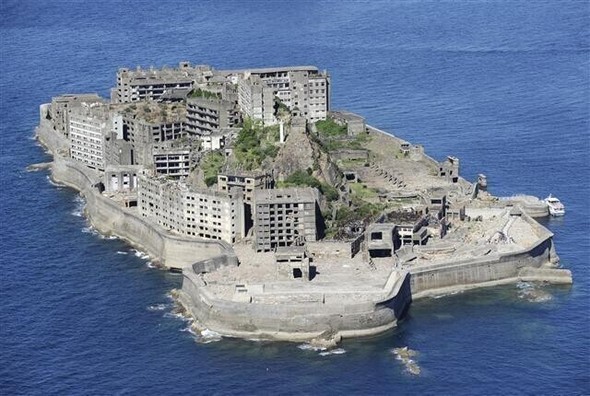 
|
Sightseeing within Nagasaki city. We catch a ferry and go to Gunkanjima, a small island of 0.68 sq.ft. From around 1890 the island flourished with coal. There were 5200 people living back then, but now it is an uninhabited world heritage site island. If the waves are not high you can land. Lunch is Nagasaki's specialty Champon. After lunch we visit Dejima, a man-made island and was a Dutch trading post a couple hundred years ago. The area is now been restored and includes historical buildings, a museum and a miniature model of the former island. Then visit Glover Residence, the oldest western-style house. Next visit Nagasaki Peace Park, commemorating the atomic bombing of the city on Aug.9, 1945 during World War II. Then we return to the same hotel. |
× |
× |
× |
| 24 (Thu.) |
ASO
KAMENOI HOTEL♨ 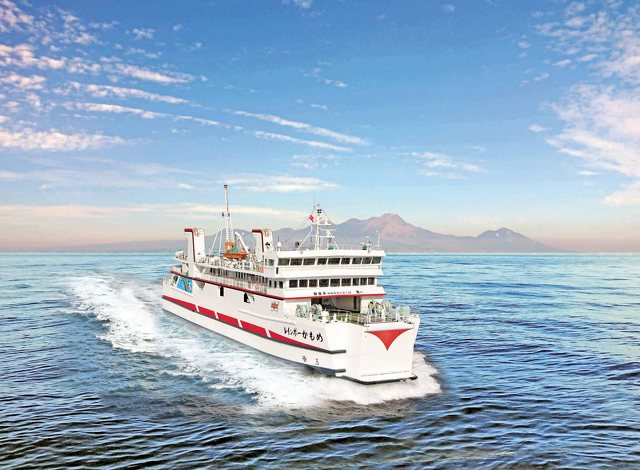
|
From the hotel we visit the Nagasaki Castella Land, see the castella factory and the stores. Then we visit the Memorial Park of Houses Destroyed by Debris Flow. This memorial park is located inside Mizunashi Honjin Fukae Roadside Station, and it exhibits 11 houses (preserved in its original condition) buried by the debris flow from the volcanic eruption of Mt. Unzen in 1992. After lunch we go to Shimabara port to ride ferry to Kumamoto port. We can see the seaweed farm from the ferry and enjoy an hour's voyage. Then we go to the hotel. | × |
× |
× |
| 25 (Fri.) |
UWAJIMA
JR HOTEL CLEMENT 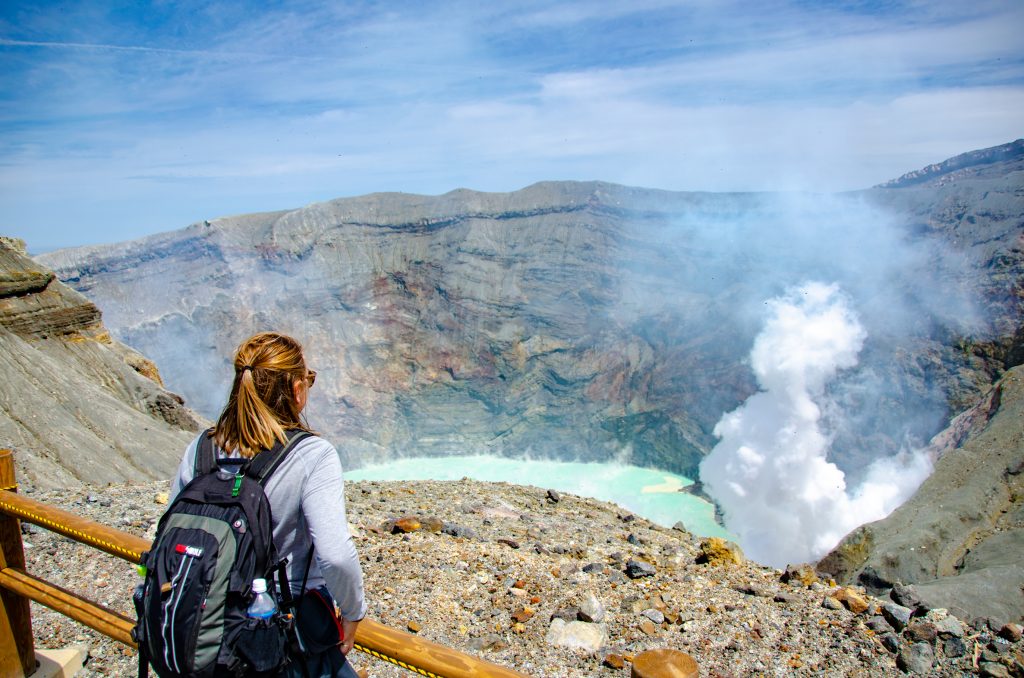 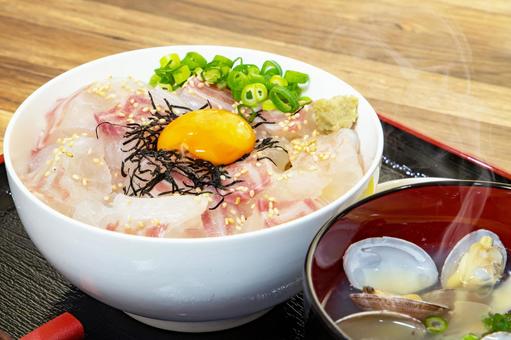
|
From the hotel we go to Mt. Aso Nakadake Crater. Mt. Aso is still active and its crater is 1970ft in diameter, 430ft in depth and 2.5mi in circumference. You can see the huge crater emitting white smoke and the magnificent scenery up close. When the level of volcanic activity is high, you may not be able to approach the crater. Next go to Aso Kusasenri-ga-Hama, a beautiful plain near the summit of Mt. Aso. After lunch we go to see Harajiri Waterfall, is nicknamed “Niagara Falls of Oita.” Next go to Saganoseki port to ride ferry to Sadamisaki port in Shikoku. Then we go to the hotel. Dinner is Uwajima specialty Tai (sea bream) meshi teishoku (set meal). |
× |
× |
× |
| 26 (Sat.) |
KOCHI RICHMOND HOTEL  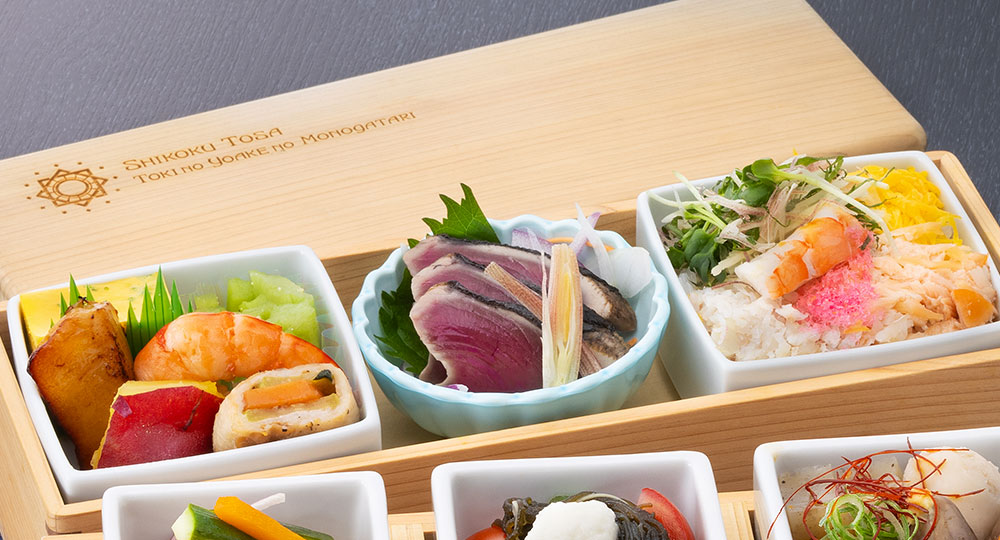 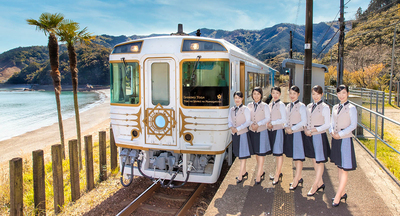 |
From Ekawasaki Station to ride a sightseeing train, the Shiman Torokko trolley train that runs along the Shimanto river with a great scenery and go to Tosa Taisho station. (Dep.10:45 Arr.11:42) Enjoy the views of the Shimanto River and Hiromi River, said to be Japan's last clear streams, from the open-style train windows. After arrive at the station and transfer to the luxury sightseeing train Shikoku Tosa Toki no Yoake no Monogatari to go Kochi Station (Dep.13:10 Arr.16:07). We can also enjoy top quality cuisine made with plenty of Kochi produce on train. The locals will also come out to enthusiastically greet you along your journey, giving you a sample of the genial nature of the people of Kochi. Experience Tosa hospitality and discover the scenery, colorful cuisine, and a friendliness of Kochi. After arrive at the station we go to the hotel. |
× |
× |
|
| 27 (Sun) |
KOCHI
RICHMOND HOTEL  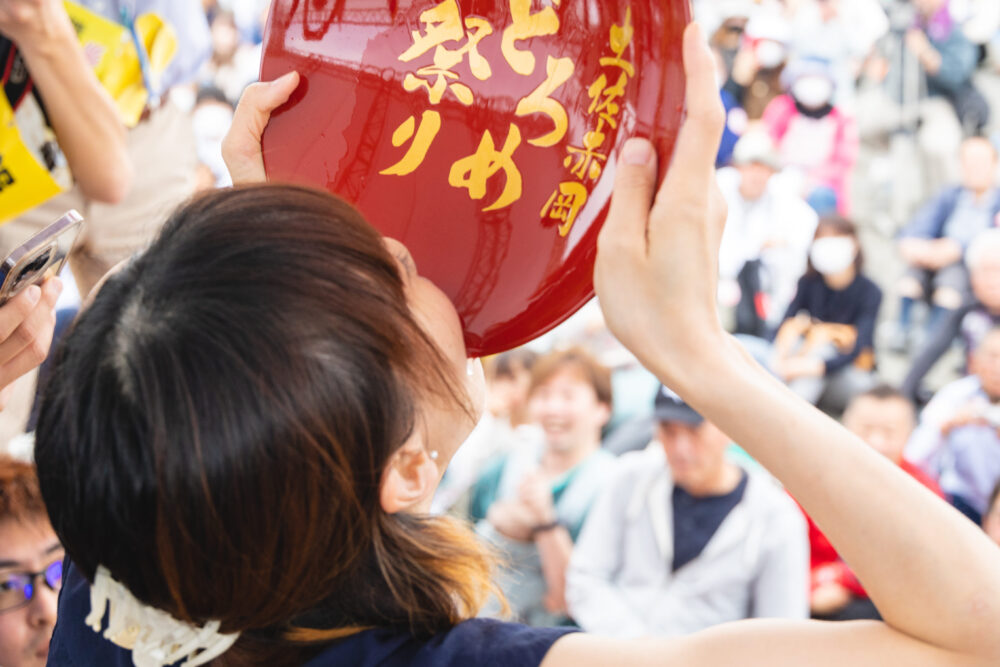
|
From the hotel we go to the Kochi's Sunday market, this weekly market has been a part of life in Kochi city for well over 300 years. There are varieties of shops & stalls, about 300 that lines the road. Then we visit the Ekingura Art Museum. Please enjoy the Japanese paintings written on the folding screen. After lunch we go to see the 68th Dorome Festival. Drinkers from all over the world gather on the Kochi coast, where men chug 60 ounces of sake and women chug 30 ounces of sake, while enjoying fresh dorome (baby sardine) from the Pacific Ocean. This is a festival where people compete to see how fast and cool they can drink sake. *If you would like to participate in the tournament, please let us know as soon as possible. Then we go back the same hotel. |
× |
× |
|
| 28 (Mon.) |
IMABARI KOKUSAI HOTEL 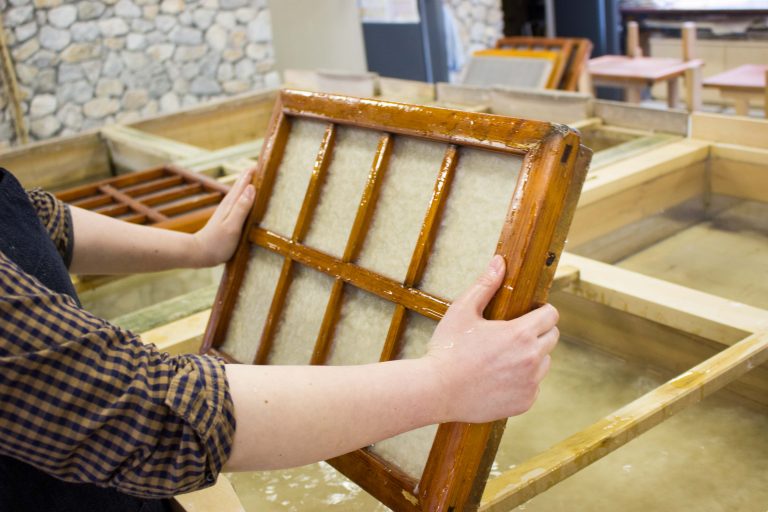 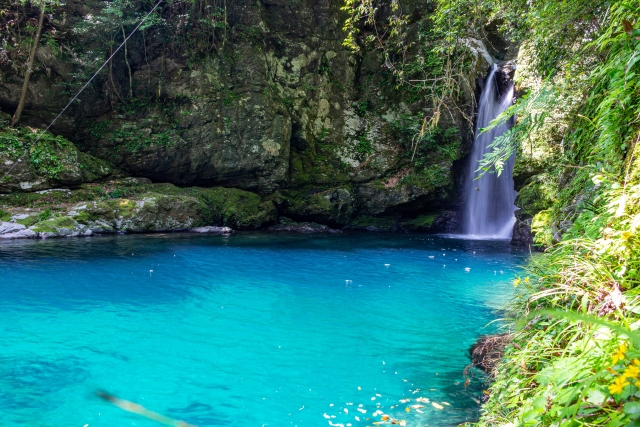
|
From the hotel we visit Kochi Castle. The castle is the Makiki Christian Church model also one of Japan's 12 still-standing original castles. Then we go to Michi no Eki Qraud to experience making Washi Japanese paper, a handicraft of Kochi prefecture. Next go to see the Chinkabashi, a submersible bridge and Niyodo river, consistently ranks as the purest river in the country and so is often referred to as “Japan’s most beautiful river.” After lunch we visit the Niko Buchi, is a waterfall basin where a mystical blue color can be seen depending on the time of day the sunlight comes in, and the angle and strength of the light. the color as only being expressible as “Niyodo Blue”, and it instantly became a popular place. Next visit the Imabari Towel Labo, you can learn about the Imabari towel 5-second rule about a precipitation method of placement in water. Then we go to the hotel. | × |
× |
× |
| 29 (Tue.) |
SAIJO
ROUTE INN 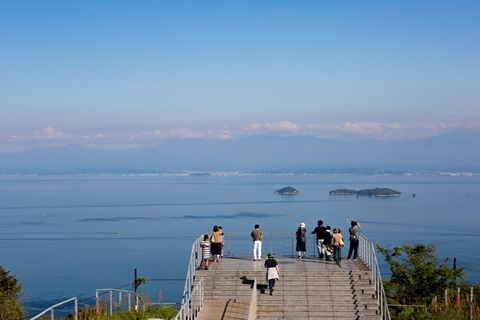  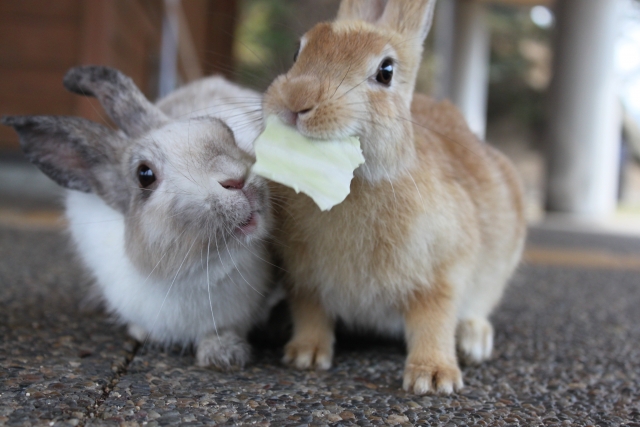
|
From the hotel we take a tour of the Shimanami Kaido which between Hiroshima and Shikoku there are 6 islands and is connected with 7 bridges. We go to Oshima Island and go to Mt. Kiro Observatory Park, the best view spot of the Shimanami Kaido. Next visit the Murakami Pirate Museum, it presents the maritime history of the pirates known as “the lords of the sea” who were in control of the Seto Inland Sea during the Sengoku period. Then we go to Omishima island and visit the Hakata Salt Factory. We can see modern style factory and old style (flowing-down branches type). Next visit Oyamazumi Shrine, it is the oldest shrine in Ehime. There is a treasure hall with displays of these offerings of swords, armor and other military equipment within the shrine precincts. It is estimated that the collection of weapons and armory are 80% of the nation’s National Treasures and Important Cultural Properties. Enjoy looking at Samurai weapons. After lunch we take the ferry to go Okuno island, is famous for its large population of rabbits. While many visitors come to visit these cute critters, they may not realize the island harbors a history of terrifying secret. After sightseeing we go to the hotel. |
× |
× |
× |
| 30 (Wed.) |
KOKURA
RIHGA ROYAL HOTEL 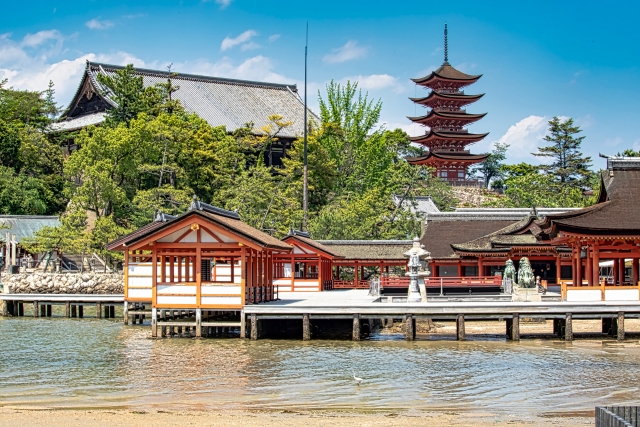 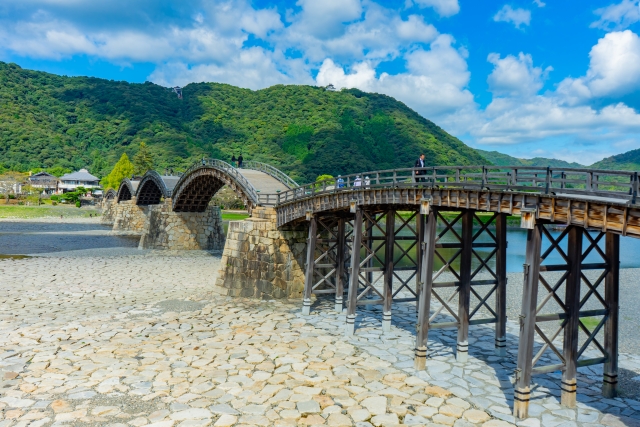
|
From the hotel we go to Miyajima Island. It is most famous for its giant torii gate, which at high tide seems to float on the water. The sight is ranked as one of Japan's three best views. Ride a rickshaw and go to Itsukushima Shrine. The shrine plays on the contrasts in colour and form between mountains and sea and illustrates the Japanese concept of scenic beauty, which combines nature and human creativity. After sightseeing we visit the Omotesando shopping street, is the main street of Miyajima, with many souvenir stores, cafés, and restaurants. After lunch we go to see the Kintaikyo Bridge, Japan’s one of three unique bridge. Then we go to the hotel. |
× |
× |
× |
| May. 1 (Thu.) |
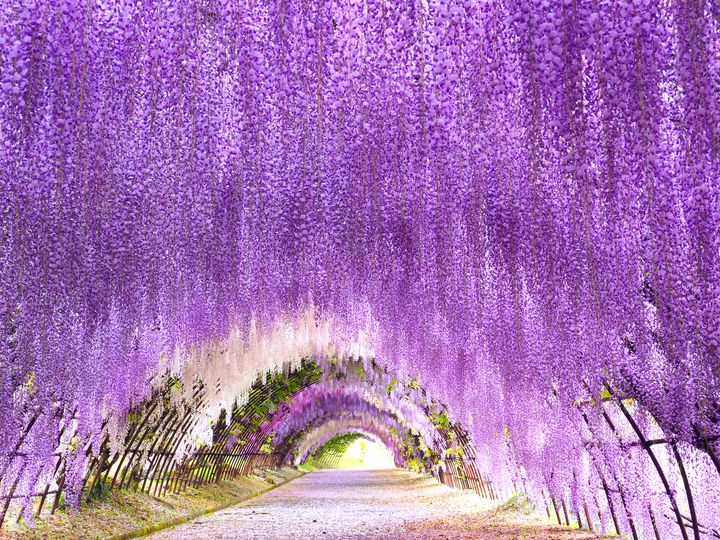 
|
From the hotel we visit Kawachi Wisteria Garden, it is a beautiful scenery known for their tunnels of wisteria in different varieties and colors. (One of 31 Japan’s most beautiful places selected by CNN). Then we go to Ichiran no Mori factory. Ichiran is a Fukuoka-based ramen chain restaurant that is loved by people from all over the world. The factory produces 90,000 bowls’ worth of noodles, 70,000 bowls’ worth of soup and about 100,000 portions of char siu pork daily. Enjoy a fresh Ichiran ramen after a brief factory tour and museum tour. After lunch we visit the Hakata Machiya Folk Museum, learn about old daily life & Hakata culture during the Meiji and Taisho period. Then we go to Fukuoka airport for your departure flight to Honolulu. |
× |
× |
|